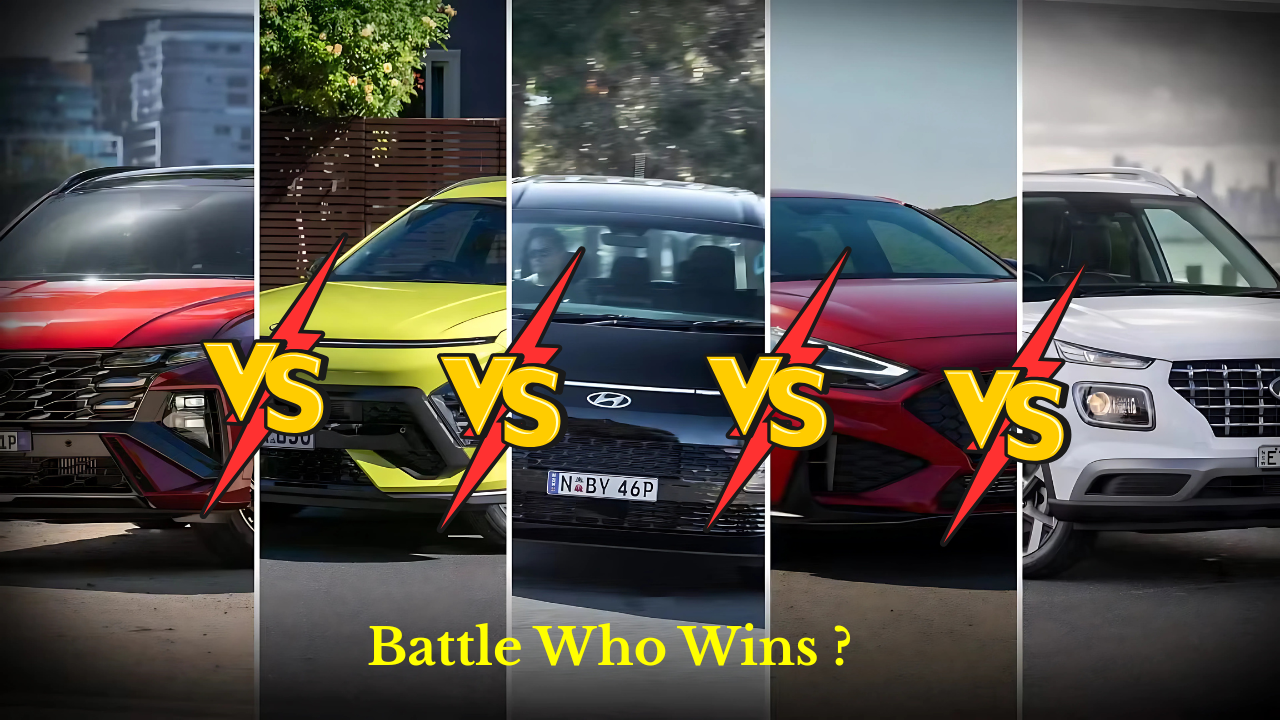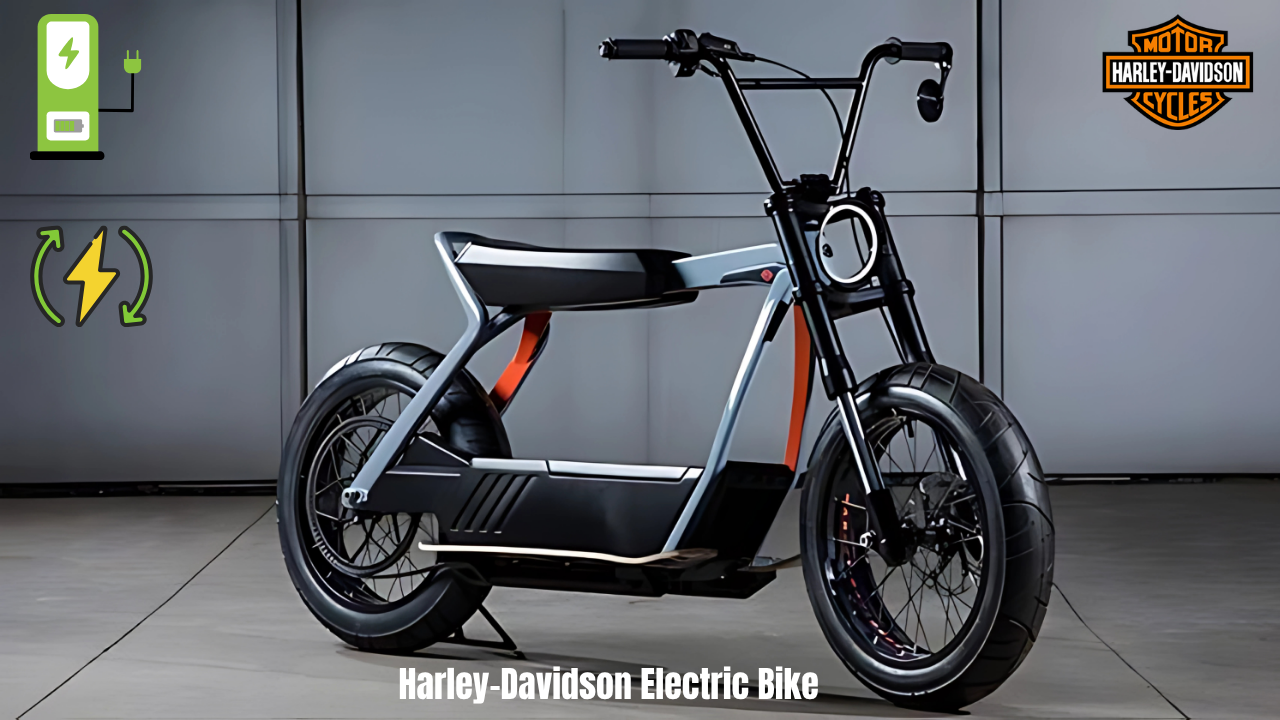As we approach the end of the financial year, Australian car buyers are presented with an exceptional opportunity to secure their dream Hyundai vehicle at significantly reduced prices. The 2025 EOFY campaign from Hyundai Australia represents one of the most compelling automotive value propositions in recent memory, spanning across their most popular models including the sophisticated Tucson, versatile Kona, reliable i30, compact Venue, and spacious Staria.
Breaking Down the Spectacular Drive-Away Pricing Revolution
The beauty of Hyundai’s current EOFY strategy lies in its simplicity and transparency. Rather than complex financing schemes or hidden conditions, the Korean automotive giant has opted for straightforward drive-away pricing that eliminates the guesswork from your purchasing decision. This approach means you know exactly what you’ll pay from the moment you walk into a dealership.
Tucson: Redefining Mid-Size SUV Excellence
The Tucson stands as Hyundai’s flagship compact SUV, and the current EOFY deals make it more accessible than ever before. Starting from $39,990 drive-away for the base 2.0 MPi Petrol 6-Speed Automatic FWD variant, available for vehicles ordered and delivered between 1st April 2025 and 30th June 2025, this represents exceptional value in the competitive mid-size SUV segment.
2025 Hyundai Tucson Specifications Table
| Specification | Details |
|---|---|
| Engine | 2.5L 4-cylinder |
| Power Output | 187 hp @ 6100 rpm |
| Torque | 178 lb-ft @ 4000 rpm |
| Transmission | 8-speed automatic |
| Drivetrain | FWD standard, AWD optional (+$1,500) |
| Fuel Economy | 24 MPG city / 29 MPG highway |
| 0-60 mph | 8.8 seconds |
| Wheelbase | 108.5 inches |
| Length | 182.3-183.1 inches |
| Width | 73.4 inches |
| Height | 65.6-66.3 inches |
| Cargo Capacity | 32-39 ft³ (rear seats up) |
| Towing Capacity | Not specified |
| Starting Price | $39,990 drive-away |
The refreshed 2025 Tucson brings updated styling elements, including a revised grille design and streamlined lighting that gives it a more contemporary appearance. The interior benefits from dual 12.3-inch displays and improved materials throughout the cabin.
Kona: Compact SUV Perfection Meets Affordability
The Kona continues to capture hearts with its distinctive styling and practical dimensions. The SX2 variant with Smartstream G2.0 Atkinson Petrol Smartstream IVT FWD is available for $35,490 drive-away, while the Kona Electric models feature special deposit contributions through Hyundai Finance.
2025 Hyundai Kona Specifications Table
| Specification | Base Engine | Turbocharged Engine |
|---|---|---|
| Engine Type | 2.0L 4-cylinder | 1.6L Turbo 4-cylinder |
| Power Output | 147 hp | 190 hp |
| Torque | Not specified | 195 lb-ft |
| Transmission | CVT | 8-speed automatic |
| Drivetrain | FWD/AWD | FWD/AWD |
| Fuel Economy | 31 mpg combined (FWD) | 26 mpg combined (AWD) |
| 0-60 mph | 9.2 seconds | 7.8 seconds |
| Starting Price | $35,490 drive-away | N Line from $29,450 |
| Interior Space | Improved over previous generation | |
| Safety Rating | 5-star expected |
The redesigned Kona boasts enhanced interior space thanks to a longer wheelbase and more efficient packaging. The dual 12.3-inch display setup creates a modern, tech-forward environment that rivals premium competitors.
i30: Precision Engineering Meets Economic Sensibility
The i30 range represents Hyundai’s commitment to the traditional hatchback and sedan segments. Drive-away pricing starts from $30,990 for the CN7 i30 Sedan Smartstream G2.0 Petrol IVT FWD, while the N Line Hatch starts from $38,990 drive-away.
2025 Hyundai i30 Specifications Table
| Specification | Base Sedan | N Line Hatch |
|---|---|---|
| Engine | 2.0L Smartstream G2.0 | 1.5L T-GDi MHEV |
| Power Output | Not specified | Enhanced performance |
| Transmission | IVT | 7-Speed DCT |
| Drivetrain | FWD | FWD |
| Fuel Economy | 3.9-8.5L/100km range | Mild hybrid efficiency |
| Boot Capacity | 381-1301L (depending on variant) | Practical hatchback space |
| Length | 4340-4710mm | Compact dimensions |
| Width | 1795-1825mm | Stable platform |
| Height | 1415-1453mm | Aerodynamic profile |
| Starting Price | $30,990 drive-away | $38,990 drive-away |
| Warranty | 5 years unlimited km | 5 years unlimited km |
Venue: Urban Mobility Redefined
The Venue serves as Hyundai’s entry point into the SUV market, offering impressive features in a compact package. The manual transmission variant is available from $25,990 drive-away, while the automatic version starts from $27,990 drive-away.
2025 Hyundai Venue Specifications Table
| Specification | Manual | Automatic |
|---|---|---|
| Engine | 1.6L Petrol | 1.6L Petrol |
| Transmission | 6-Speed Manual | 6-Speed Automatic |
| Drivetrain | FWD | FWD |
| Starting Price | $25,990 drive-away | $27,990 drive-away |
| Size Category | Subcompact SUV | Subcompact SUV |
| Ideal Use | Urban commuting | City and highway |
| Features | Essential safety tech | Enhanced convenience |
Staria: Premium People Moving Excellence
The Staria represents Hyundai’s bold approach to family transportation and commercial applications. The 8-seat variant with 3.5L Petrol 8-Speed Auto FWD is available from $53,790 drive-away, while the Staria Load commercial variant offers practical cargo solutions.
2025 Hyundai Staria/Staria Load Specifications Table
| Specification | Staria (People Mover) | Staria Load (Commercial) |
|---|---|---|
| Engine Options | 3.5L Petrol / Diesel | 2.2L Diesel |
| Power (Diesel) | 130kW | 130kW |
| Torque (Diesel) | 430Nm | 430Nm |
| Drivetrain | FWD/AWD | FWD |
| Seating | 8 passengers | 2 or 5 seats |
| Cargo Capacity | 831-1303L | 4935L |
| Length | 5253mm | 5253mm |
| Width | 1997mm | 1997mm |
| Height | 1990mm | 2000mm |
| Towing Capacity | 2500kg braked | 2500kg braked |
| Fuel Economy | 8.2-10.5L/100km | 7L/100km |
| Starting Price | $53,790 drive-away | $49,490 drive-away |
Maximizing Your EOFY Savings Strategy
The current promotional period extends until June 30th, 2025, but smart buyers should act sooner rather than later. Dealership inventory varies significantly, and the most popular combinations of colour, trim, and features tend to disappear quickly during these promotional periods.
Consider the total cost of ownership beyond the initial purchase price. Hyundai’s industry-leading warranty coverage provides five years of unlimited kilometer protection across most models, which translates to genuine peace of mind and reduced long-term ownership costs.
Financing and Trade-In Opportunities
Many dealers are offering additional incentives for customers utilizing Hyundai Finance, including deposit contributions on select models. The Kona Electric, for instance, benefits from special financing arrangements that can further reduce your out-of-pocket expenses.
Trade-in values remain strong in the current market, particularly for well-maintained vehicles from popular brands. Getting a professional valuation before visiting the dealership ensures you understand your vehicle’s worth and can negotiate effectively.
Technology and Safety: Where Hyundai Excels
Modern Hyundai vehicles incorporate extensive safety technology as standard equipment. The SmartSense suite includes forward collision avoidance, lane keeping assistance, driver attention monitoring, and adaptive cruise control across most variants.
The infotainment systems feature seamless smartphone integration, over-the-air update capability, and intuitive user interfaces that minimize learning curves for new owners.
Environmental Considerations and Future-Proofing
Hyundai’s commitment to electrification is evident across their current lineup. The Kona Electric offers genuine electric vehicle capability at accessible pricing, while mild-hybrid technology in models like the i30 improves efficiency without complexity.
The company’s broader strategy includes hydrogen fuel cell technology and advanced battery development, positioning current buyers well for future trade-in scenarios.
Practical Ownership Benefits
Service intervals are designed for convenience, with most models requiring attention every 10,000-15,000 kilometers or annually. The extensive dealer network ensures maintenance accessibility regardless of your location.
Genuine parts availability and competitive service pricing help maintain reasonable ongoing costs throughout the ownership period.
Making the Right Choice for Your Lifestyle
Each model in Hyundai’s EOFY promotion serves distinct needs. Urban dwellers might gravitate toward the efficient Venue or stylish Kona, while families could find the Tucson’s space and versatility compelling. Commercial operators should seriously consider the Staria Load’s impressive cargo capabilities.
The i30 range continues to appeal to traditional sedan and hatchback buyers who value proven reliability and comprehensive feature sets at reasonable prices.
Frequently Asked Questions
Q: What is the deadline for Hyundai’s EOFY deals?
A: All vehicles must be ordered and delivered between 1st April 2025 and 30th June 2025 to qualify for the promotional pricing.
Q: Are these deals available to all buyers?
A: The offers exclude government, fleet, and rental buyers, and cannot be combined with other promotional offers.
Q: Do the drive-away prices include all on-road costs?
A: Yes, the advertised drive-away prices include all standard on-road costs for the specified variants, though optional extras and metallic paint may incur additional charges.
The combination of competitive pricing, comprehensive warranties, advanced safety technology, and strong resale values makes this EOFY period an exceptional time to join the Hyundai family. Whether you’re drawn to the versatile Tucson, efficient Kona, reliable i30, practical Venue, or spacious Staria, current market conditions favor confident decision-making over prolonged deliberation.


